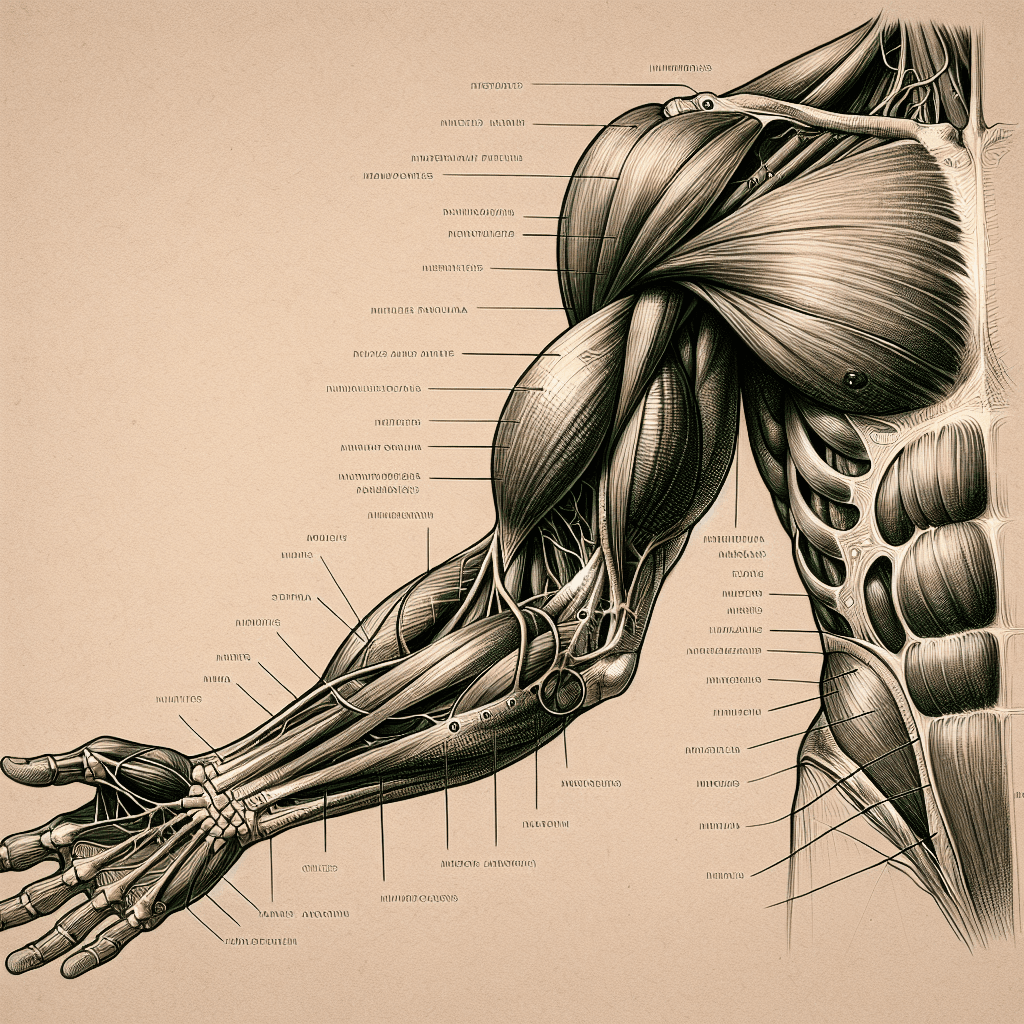Understanding the Various Causes of Arm Pain
Arm pain is a common complaint that can have a wide range of underlying causes, from simple strains and overuse injuries to more serious conditions like arthritis or nerve compression. Recognizing the specific symptoms and characteristics of your arm pain can help you and your healthcare provider determine the most likely cause and develop an appropriate treatment plan.

Common Symptoms Associated with Arm Pain
- Aching or Throbbing Pain
- Description: A dull, persistent discomfort that may be felt throughout the arm or localized to a specific area
- Possible Causes: Overuse injuries, muscle strains, tendonitis, bursitis, or arthritis
- Aggravating Factors: Pain may worsen with movement or activity and improve with rest
- Sharp or Stabbing Pain
- Description: A sudden, intense pain that may feel like a knife or electric shock
- Possible Causes: Nerve compression, such as in carpal tunnel syndrome or cervical radiculopathy (pinched nerve in the neck)
- Aggravating Factors: Pain may be triggered by specific movements or positions and may be accompanied by numbness or tingling
- Weakness or Difficulty Moving the Arm
- Description: A feeling of reduced strength or inability to perform normal arm movements
- Possible Causes: Muscle or tendon injuries, nerve damage, or conditions affecting the joints or bones
- Associated Symptoms: Weakness may be accompanied by pain, numbness, or tingling sensations
- Swelling or Stiffness in the Arm
- Description: Visible enlargement or a feeling of tightness or decreased mobility in the arm
- Possible Causes: Injuries such as sprains or fractures, inflammatory conditions like arthritis or bursitis, or infections
- Associated Symptoms: Swelling and stiffness may be accompanied by pain, redness, or warmth in the affected area
- Numbness or Tingling Sensations
- Description: A feeling of "pins and needles" or decreased sensation in the arm or hand
- Possible Causes: Nerve compression or damage, such as in carpal tunnel syndrome, cervical radiculopathy, or peripheral neuropathy
- Associated Symptoms: Numbness and tingling may be accompanied by weakness or pain in the affected area
While most cases of arm pain are not serious and will resolve with simple self-care measures, there are certain situations in which you should seek prompt medical attention:
- Arm pain that is severe, sudden, or accompanied by chest pain, shortness of breath, or dizziness (may indicate a heart attack)
- Arm pain that occurs after a significant injury, such as a fall or direct blow to the arm (may indicate a fracture or dislocation)
- Arm pain that is accompanied by severe swelling, redness, or fever (may indicate an infection)
- Arm pain that persists for more than a few days or worsens despite self-care measures
- Arm pain that is accompanied by progressive weakness, numbness, or tingling (may indicate nerve damage)
If you are unsure about the severity or cause of your arm pain, it is always best to consult with a healthcare professional for a proper evaluation and guidance.
Less Common Symptoms of Arm Pain
In some cases, arm pain may be associated with less common symptoms that can provide important clues about the underlying cause:
- Rash or Skin Changes
- Description: Visible changes in the appearance or texture of the skin on the affected arm
- Possible Causes: Certain infections, such as cellulitis or shingles, or inflammatory conditions like psoriatic arthritis
- Associated Symptoms: Rash may be accompanied by pain, itching, or sensitivity in the affected area
- Joint Deformity
- Description: Visible changes in the shape or alignment of the joints in the arm
- Possible Causes: Advanced arthritis, such as rheumatoid arthritis or osteoarthritis, or injuries like fractures or dislocations
- Associated Symptoms: Joint deformity may be accompanied by pain, stiffness, or reduced range of motion
- Muscle Wasting or Atrophy
- Description: A visible decrease in the size or bulk of the muscles in the arm
- Possible Causes: Nerve damage, such as in motor neuron disease or peripheral neuropathy, or prolonged immobilization due to injury or illness
- Associated Symptoms: Muscle wasting may be accompanied by weakness, numbness, or tingling sensations
- Cold or Discolored Arm
- Description: A noticeable difference in the temperature or color of the affected arm compared to the unaffected arm
- Possible Causes: Circulatory problems, such as peripheral artery disease, thoracic outlet syndrome, or Raynaud's phenomenon
- Associated Symptoms: A cold or discolored arm may be accompanied by pain, numbness, or weakness in the affected limb
When to Seek Medical Attention for Arm Pain
While most cases of arm pain can be managed with self-care measures like rest, ice, and over-the-counter pain relievers, there are certain situations in which you should seek medical attention:
- Arm pain that is severe, sudden, or accompanied by chest pain, shortness of breath, or dizziness (may indicate a heart attack)
- Arm pain that occurs after a significant injury, such as a fall or direct blow to the arm (may indicate a fracture or dislocation)
- Arm pain that is accompanied by severe swelling, redness, or fever (may indicate an infection)
- Arm pain that persists for more than a few days or worsens despite self-care measures
- Arm pain that is accompanied by progressive weakness, numbness, or tingling (may indicate nerve damage)
If you are unsure about the severity or cause of your arm pain, it is always best to consult with a healthcare professional for a proper evaluation and guidance. Early diagnosis and treatment can help prevent complications and promote faster recovery.
Conclusion
Arm pain is a common complaint that can have a wide range of underlying causes, from simple strains and overuse injuries to more serious conditions like arthritis or nerve compression. By recognizing the specific symptoms and characteristics of your arm pain, you can work with your healthcare provider to determine the most likely cause and develop an appropriate treatment plan. If you experience severe, persistent, or concerning symptoms, don't hesitate to seek medical attention – your health and well-being are worth prioritizing.